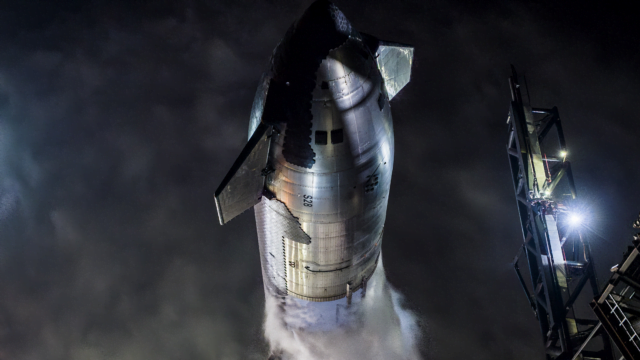
SpaceX is poised for its third test flight of the Starship, marking another significant step towards the company’s ambitious goals of interplanetary travel and space exploration. Here’s everything you need to know about the upcoming launch, how you can watch it, and the technological marvels involved.
Key Highlights:
- Launch Date and Time: Scheduled for Thursday, March 14, 2024, at 1:25 PM UTC.
- Location: The launch will take place at SpaceX’s Starbase facility in Boca Chica, Texas.
- How to Watch: Details on how to watch the launch have not been explicitly stated, but SpaceX typically streams its launches live on its website and YouTube channel.
- Starship and Super Heavy: The launch vehicle is a part of the Starship system, which includes the Starship spacecraft and the Super Heavy rocket booster, designed for full reusability.
- Mission Objectives: Though specific details of Mission 3’s objectives are not provided, Starship missions aim to carry crew and cargo to Earth orbit, the Moon, Mars, and beyond.
Introduction to SpaceX’s Starship
SpaceX’s Starship represents a leap forward in space travel technology. Designed as a fully reusable transportation system, it aims to carry crew and cargo to destinations such as the Moon and Mars. The Starship system consists of two main components: the Starship spacecraft and the Super Heavy booster.
- Starship: Serving as the spacecraft and second stage, it is capable of carrying up to 150 metric tonnes in a fully reusable configuration. Its versatility allows for missions to Earth orbit, the Moon, Mars, and even point-to-point travel on Earth.
- Super Heavy: The first stage booster of the system, powered by 33 Raptor engines, designed for full reusability to ensure cost-effective space travel.
- Raptor Engines: These are high-performance engines using methane and oxygen, providing the necessary thrust for Starship and Super Heavy.
Technological Marvels and Capabilities
- Payload Capacity: The Starship system can carry up to 100 people on interplanetary flights, offering a payload compartment larger than any current operation.
- Interplanetary Missions: Starship aims to make missions to Mars feasible by carrying significant amounts of cargo and crew at lower costs.
- Lunar Missions: SpaceX is also eyeing the Moon, with Starship designed to deliver cargo and potentially crew for future lunar bases under NASA’s Artemis missions.
Watching the Launch
For space enthusiasts and the general public alike, witnessing a Starship launch is a glimpse into the future of space exploration. While the exact streaming details for Mission 3 are not specified, SpaceX traditionally offers live coverage of its launches through its official website and YouTube channel, ensuring global access to this historic event.
This upcoming launch is more than just a test; it’s a demonstration of SpaceX’s commitment to making interplanetary travel a reality. As we await further details, the anticipation builds for what promises to be a significant milestone in space exploration.








